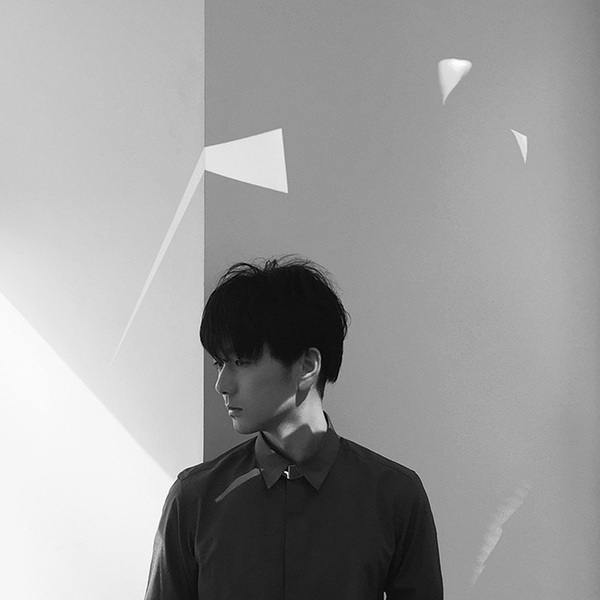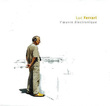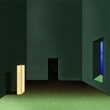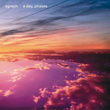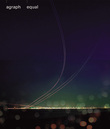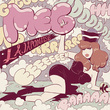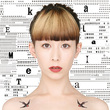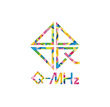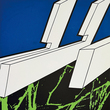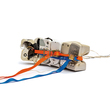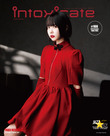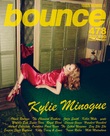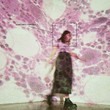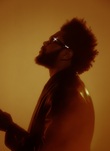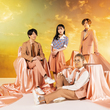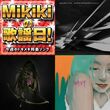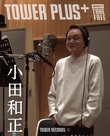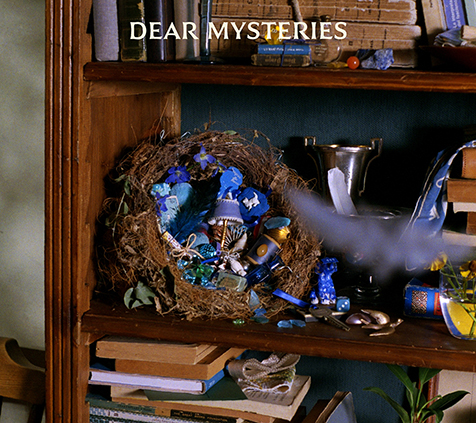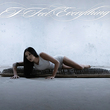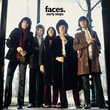agraph “the shader”
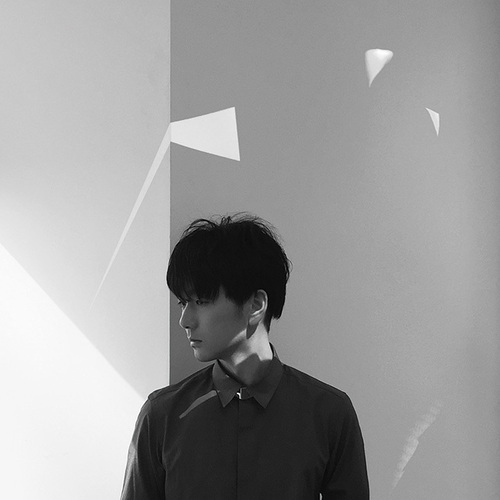
Drawn to a delicate sonic contour, you find yourself in an enigmatic soundscape. Understated yet compelling, the creativity of the piece lures you into an elegant but somewhat eerie journey.
“It’s all about the whole mood.”
After a hiatus of over five years, agraph, a solo project by Kensuke Ushio, has made a return with his third album “the shader.” Picking up where the previous album left off, it shows the established engineer further exploring his interest in contemporary and post-classical music, and his cutting-edge approach makes for deep electronics that evoke timeless romanticism.
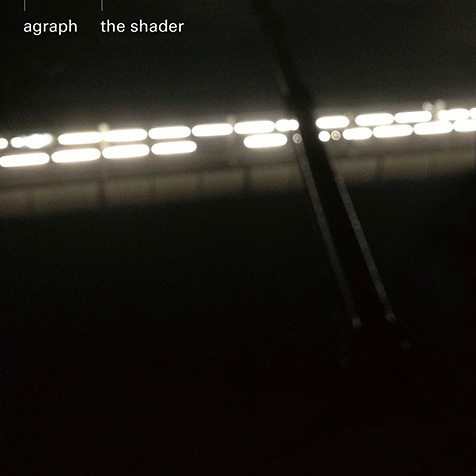
“I began making “the shader” on the very day the second album (“Equal” in 2010,)” was being mastered,” says Ushio. “I completed it a few years ago, but then it just felt like a sequel to the last one, so I decided to forget the whole thing. After a while, there was a period when I listened to works by this contemporary composer called Luc Ferrari. Besides him, I began to contemplate 20th-century contemporary music by the likes of Steve Reich. It was from there that I started to move in the direction of this album.”
With an idea of building around contemporary music and combining it with the minimalism of Basic Channel, Ushio conceived the principle of the album.
“There’s a musique concrète piece by Ferrari called “Presque Rien meaning Almost Nothing,”” he explains. “It could now be regarded as a field recording. It made me aware that there’s a link between the unchanged, consistent beats of techno and the lack of sustained sounds in contemporary music. And then, here loomed a haunting idea: music you are not sure that you are aware of. It doesn’t centre on melodies, rhythms or harmonies, but these are used as firewood which fuels the flames of the music. And I wanted to distill that into atmospherics and feelings.”
What’s surprising on first listening to the album is its elaborate if not almost obsessive sound design. Behind its serene pianos floats a rough ambience while melodies dissipate into sub-bass. A collage-like array of sonic fragments comes in and out of the frame, and some of their shapes are oddly crushed and others are lumpy. You can hear them forming a delicate sonic contour in the distance though it turns out to be elusive and enigmatic as you listen more closely. Here, an elegant yet eerie sound journey awaits.
“Take vaporwave. It samples and cuts up 80’s fusion, right?” says Ushio, drawing an analogy between that and his album. “The source itself has clean melodies and its harmonies and beats are intricate. But vaporwave doesn’t focus on that. It’s the textures and atmospherics that keep your interest while listening. That’s what I aimed for. Some dramatic melodies and strong beats appear in the album but it’s just like I put them in as symbolic elements while striking a whole balance in the mix. It’s all about the whole mood. I made the album with a hope that people will feel it. But now that it’s out of my hands, you can enjoy it as you wish.”
“Intangible but highly distinctive”
“the shader” clearly has far more experimental elements than the past two albums did, and it seems that he allows the experimentalism of contemporary music to sparkle in the context of electronic music. He says, however, that he doesn’t seek the newest ideas in response to the current scene.
“I don’t think my music is cutting-edge, but I put into it my personal developments and things that I discover for myself. That is what it’s all about. I don’t pursue contemporary music for inventiveness, but listening to it just inspires me and fuels my creativity like petrol. That is important. Basically, I don’t commit agraph to trends. I can’t. I’m not interested in taking in state-of-the-art beats either. It could have something to do with my other work: doing the LAMA project, supporting Denki Groove, producing for incidental music and other people. These need to follow trends for wider appeal. Instead, I want to make agraph like a division of R&D where I can indulge my every whim.”
Yet, the album is not totally isolated from the current trends, and it certainly has a refreshingly enjoyable mood of 2016. Also, its understated yet compelling class reflects a shift over the last five years: innovative artists like Oneohtrix Point Never and Arca have pushed the envelope of electronic music to their critical acclaim.
“I like electronic music after all and naturally check new releases,” he admits. “The album is partly a result of such listening experience. When it comes to OPN, I felt gutted by his rise (laugh) and thought if there were so many people out there that found that kind of music cool, an album like this would go down well. With that in mind, I even dared to think it could do quite well (laugh).”
As the album unfolds towards the end section, things get more abstract, and the closer, “inversion/91,” is a sparse oddball that stands slightly apart from the rest of the album.
“I’m proud that the last track came out very well,” recalls Ushio. “It helped go into a new realm being unleashed from the initial concept. I was trying to make an intangible but highly distinctive soundscape. I’m happy to have accomplished that with that track, and I expect it to be a starting point for the next album. In that sense, I suppose this is the one that came out of this transition period and has a transient charm I can’t capture ever again. It feels like a new beginning to my career and is so satisfying as I’ve invented something new to me.”

